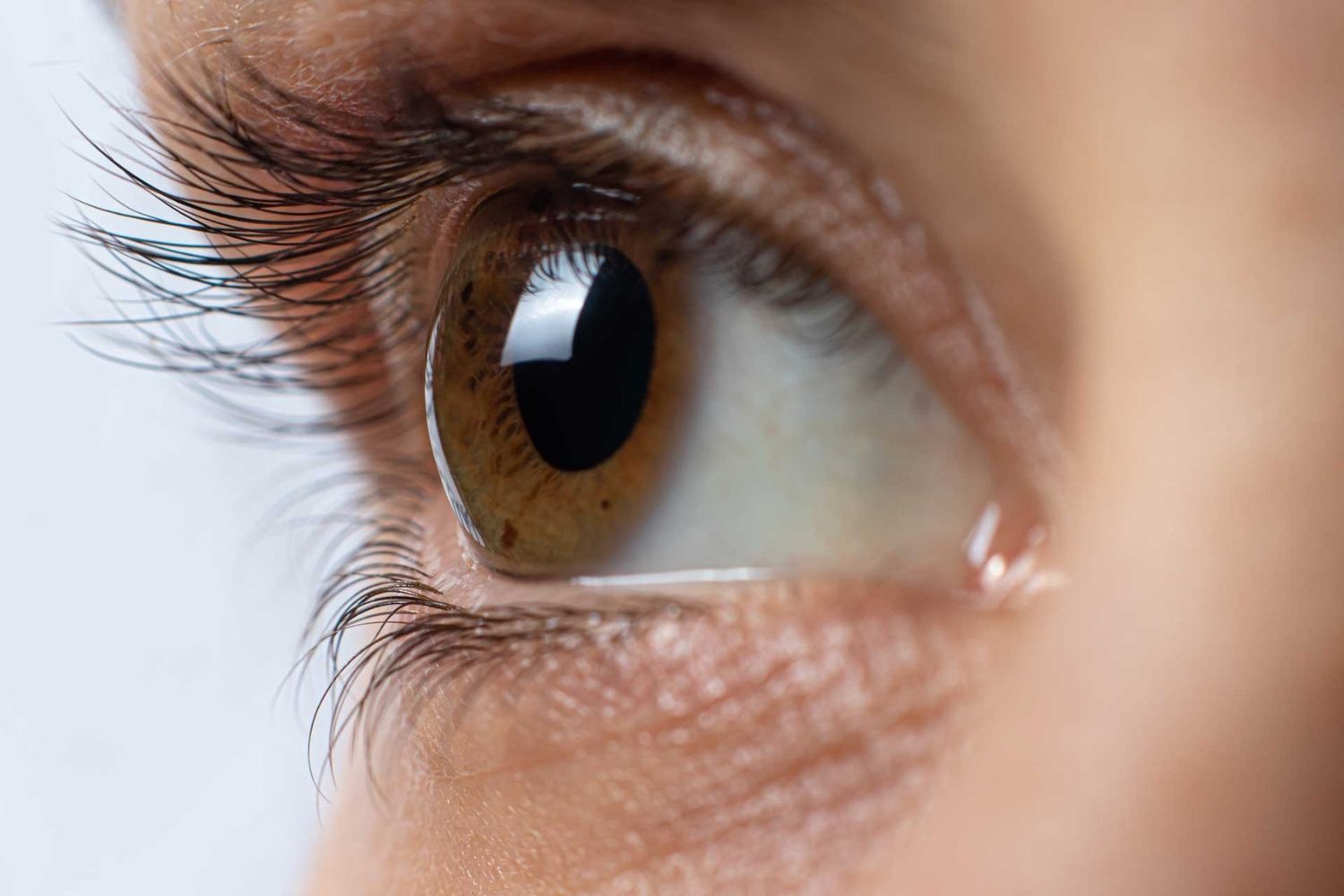
Neuropathy Congenital Sensory Neurotrophic Keratitis is a rare eye disorder that affects the cornea, leading to a loss of sensation and potential vision problems. This condition can be challenging to understand due to its complexity and rarity. What causes this condition? It results from damage to the trigeminal nerve, which is responsible for corneal sensation. Who is at risk? Both genetic factors and certain medical conditions can increase the likelihood of developing this disorder. Why is it important to know about it? Early diagnosis and treatment are crucial to prevent severe complications like corneal ulcers or even blindness. How can it be managed? Treatment options include medications, surgery, and protective measures to maintain corneal health. Understanding these key aspects can help manage and mitigate the impact of this rare but serious condition.
Key Takeaways:
- Neuropathy affects the nerves outside the brain and spinal cord, causing numbness and pain. Diabetes is a common cause, and treatment may involve medication and physical therapy.
- Congenital sensory neuropathy is inherited and can lead to a lack of pain sensation. Regular check-ups and lifestyle adjustments are crucial for managing these conditions.
Understanding Neuropathy
Neuropathy, a condition affecting the nerves, can lead to various symptoms and complications. Here are some intriguing facts about this medical condition.
- Neuropathy affects the peripheral nervous system, which includes all the nerves outside the brain and spinal cord.
- Symptoms often include numbness, tingling, and pain, particularly in the hands and feet.
- Diabetes is a common cause of neuropathy, accounting for about 60-70% of cases.
- Other causes include infections, injuries, and exposure to toxins.
- There are over 100 types of neuropathy, each with its own set of symptoms and prognosis.
Congenital Sensory Neuropathy
Congenital sensory neuropathy is a rare condition present from birth. It primarily affects the sensory nerves, leading to unique challenges.
- This condition is often inherited, meaning it runs in families.
- Symptoms can include a lack of pain sensation, which can lead to unnoticed injuries.
- Children with this condition may not respond to painful stimuli, making it difficult to diagnose.
- It can also affect the autonomic nervous system, leading to issues with sweating and temperature regulation.
- Genetic testing can help diagnose congenital sensory neuropathy.
Neurotrophic Keratitis
Neurotrophic keratitis is a degenerative disease affecting the cornea, often linked to nerve damage. Understanding this condition is crucial for proper management.
- It is caused by damage to the trigeminal nerve, which supplies sensation to the cornea.
- Symptoms include decreased corneal sensitivity, leading to a higher risk of injury and infection.
- The condition can progress to corneal ulcers and perforation if not treated.
- Common causes include herpes simplex virus, eye surgery, and diabetes.
- Treatment often involves protecting the cornea with lubricants, antibiotics, and sometimes surgery.
Diagnosis and Treatment
Diagnosing and treating these conditions can be complex, requiring a multidisciplinary approach. Here are some key points.
- Electromyography (EMG) and nerve conduction studies are common diagnostic tools for neuropathy.
- Blood tests can help identify underlying causes like diabetes or vitamin deficiencies.
- Pain management is a crucial aspect of treatment, often involving medications like anticonvulsants and antidepressants.
- Physical therapy can help maintain muscle strength and function.
- In severe cases, surgical interventions may be necessary to relieve pressure on nerves.
Living with Neuropathy and Related Conditions
Living with neuropathy, congenital sensory neuropathy, or neurotrophic keratitis requires ongoing care and lifestyle adjustments.
- Regular check-ups with a healthcare provider are essential to monitor the condition and adjust treatments as needed.
- Patients should avoid activities that could lead to injuries, especially if they have reduced sensation.
- Proper foot care is crucial for those with diabetic neuropathy to prevent ulcers and infections.
- Wearing protective eyewear can help prevent corneal injuries in those with neurotrophic keratitis.
- Support groups and counseling can provide emotional support and practical advice for managing these conditions.
Final Thoughts on Neuropathy Congenital Sensory Neurotrophic Keratitis
Neuropathy Congenital Sensory Neurotrophic Keratitis (NCSNK) is a rare but serious condition. It affects the nerves in the eyes, leading to a loss of sensation and potential damage. Early diagnosis and treatment are crucial to managing symptoms and preventing further complications. Regular check-ups with an eye specialist can help monitor the condition and adjust treatments as needed. Understanding the symptoms and being proactive in seeking medical advice can make a significant difference in the quality of life for those affected. While NCSNK presents challenges, advancements in medical research offer hope for better management and potential future treatments. Stay informed, seek support, and prioritize eye health to navigate this condition effectively.
Frequently Asked Questions
Was this page helpful?
Our commitment to delivering trustworthy and engaging content is at the heart of what we do. Each fact on our site is contributed by real users like you, bringing a wealth of diverse insights and information. To ensure the highest standards of accuracy and reliability, our dedicated editors meticulously review each submission. This process guarantees that the facts we share are not only fascinating but also credible. Trust in our commitment to quality and authenticity as you explore and learn with us.
